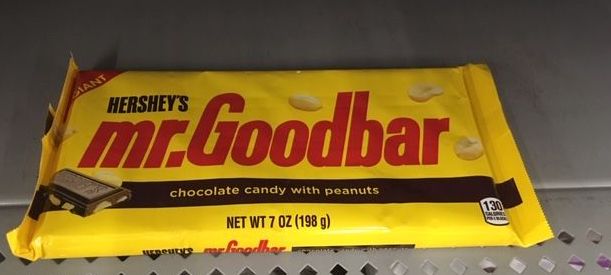A recent short-lived energetic round of cleaning out and tossing turned up a favorite teaching memory. Like many of my most effective and enjoyable moments, it came from seizing a moment that originated with my second-grade students, not from the plan I had carefully written in my planbook.
Second graders by developmental stage tend to be rule-followers. They also hold others, even corporate executives to the same standard. One of the students came in with a mr. Goodbar wrapper, presented it to the class, recalled the rule that titles were to be capitalized, and demanded an answer from me as to why the Hershey company didn’t have to follow the rule.
Seizing the opportunity for a lesson (not in the planbook) in letter writing, I told them I didn’t know, but we could write letters to the company to find out. They were motivated to get their format and grammar precisely right so they would not criticize the company while making mistakes themselves. We studied proper layout, polished our letters, and sent them in a big envelope to the company while I crossed my fingers that we would actually get an answer. Soon we had a response letter, dated February 16, 1990, from Hanna S. Winger, Sr. Consumer Respondent on stationery with the header “Hershey Chocolate U.S. A.”
“Dear Beautiful Butler Bunch,” she began. Highlights from the letter included information that the product was first manufactured in 1925 when Milton S. Hershey was running the company and perhaps thinking up names for candy bars. The reason for no capital had been lost, but she explained that the name was patented at the time and had remained ever since and gave a brief clear explanation of what a patent meant.
Ms. Winger congratulated the students on their keen capitalization skills and sent booklets and HERSHEY’S kiss stickers for each of them. She ended with thanks for writing to the company and encouraged them to continue learning writing and capitalization.
It can’t be proven, but I’m pretty sure that lesson with its built-in motivation on the correct way to write a letter had more effect than the ones that occurred at the proper time in the curriculum in my plan book. I do know for sure that if you teach a second-grader a rule, you had better plan on following it or you will be called on the carpet for your error.

